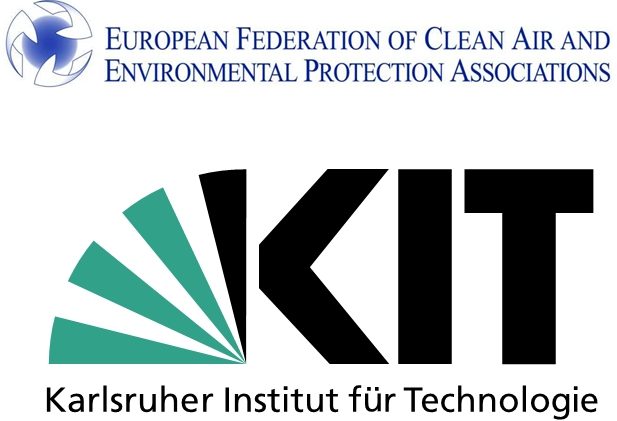Seventy-three experts from 13 different countries participated in the 7th symposium on ultrafine particles (UFP) to discuss UFP sources, ambient UFP measurements, urban UFP, UFP toxicity and epidemiology, and integrating actions in 10 sessions. The symposium was completed by a panel discussion on policy follow up on ultrafine particle regulation.
Keynotes
The symposium started with a keynote lecture illustrating the role of black carbon particles in cloud formation depending on its organic carbon content, chemical aging and pore structure. UFP especially from aviation emissions around airports represent a substantial source of high numbers of very small particles (~20 nm). About 90 % of these particles are related to emissions of the aircraft’s main engines. However, it remains uncertain to what extend these particles are volatile.
The second keynote lecture demonstrated the significant progress made in development and airborne application of compact UFP measurement techniques allowing a better understanding of especially vertical aerosol distributions throughout the planetary boundary layer.
The third keynote lecture requested internationally standardized UFP measurements before UFP limit values should be implemented. While traffic related particle mass and soot emissions have been reduced substantial in Europe this is not the case for UFP and NOx. Scientists should stand up against “fakes, hypes, fabricated doubts” and support long-term solutions including control policies to abate manipulation and fraud. The WHO air quality guidelines values should be the point of reference for national directives and regulations.
Sources
Further studies of particle transformation processes are required to improve corresponding dispersion models. The airport related aerosol particles showed similar toxic properties as particles from urban traffic. Major sources for UFP in the lower troposphere are emissions from power plants and ships as their emissions have changed to higher particle numbers with smaller sizes. However, there is also evidence for significant contributions of new particle formation to UFP
More and more UFP instruments are also used in air quality monitoring networks e.g. for source identification. In metropolitan areas, still the largest mass fractions of soot particles (e.g. 65-90% in Brussels) are related to traffic emissions while their peak concentrations are governed by meteorological conditions. While PM2.5 and precursors of secondary aerosol particles could be reduced during the past decade in some metropolitan areas (e.g. Mexico City or Beijing) this is not the case for UFP. Recently, also the development of high-resolution transport models makes great progress and especially their combination with networks of low cost and reference instruments seems very promising for exposure prediction and the development of effective abatement strategies.
“ Supports direct regulation of UFP”
It was shown that periodic technical inspections of vehicles; including e.g. particle number measurements, have the potential to ensure compliance with emission regulations. Exposure of humans to indoor UFP from common sources causes similar health effects as exposure to outdoor particles. The cardiovascular diseases may not adequately explained by exposure to aerosol particle mass but requires inclusion of the UFP. It was declared that the European Federation of Clean Air and Environmental Protection Associations supports direct regulation of black carbon, UFP standards based on size and number, and regulating shipping as well as non-combustion sources.
During the concluding panel discussion, it became evident that PM2.5 and UFP act both but differently on human health and thus both need to be regulated.
UFP Organizing Committee

